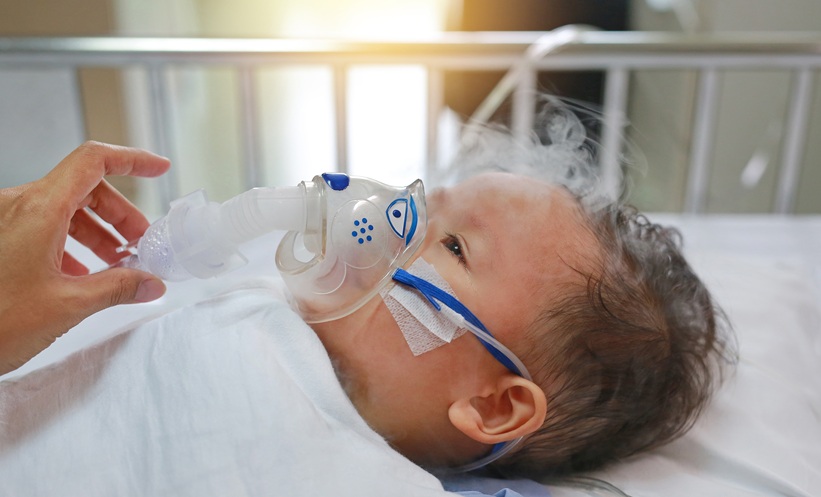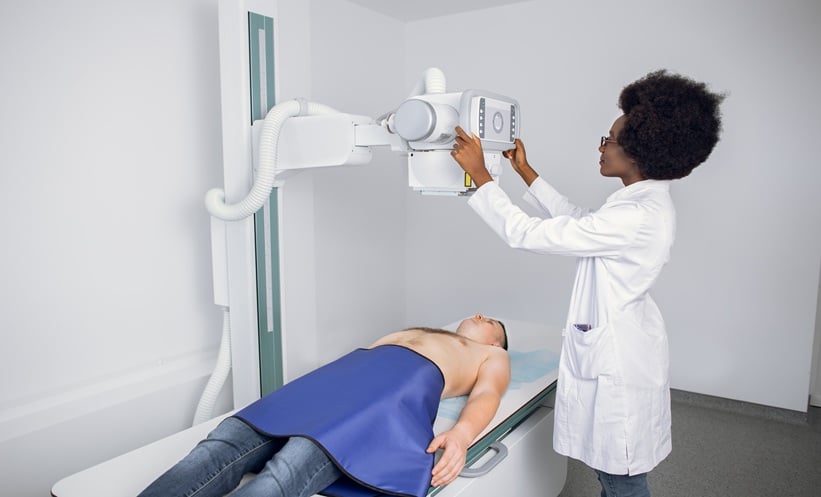A COMPREHENSIVE study of early-life respiratory infections has highlighted the diversity of viral pathogens contributing to severe lower respiratory illness (sLRI) in infants under 2 years of age. Conducted through the Puerto Rican Infant Metagenomic and Epidemiologic Study of Respiratory Outcomes (PRIMERO), the research monitored 2,061 infants between March 2020–April 2024, assessing over 1,300 illness episodes for 21 viral pathogens.
RSV and Metapneumovirus Significantly Increase sLRI Risk
Respiratory syncytial virus (RSV) and human metapneumovirus (HMPV) were strongly associated with severe illness. RSV infections accounted for 23% of sLRIs and increased the odds of severe versus mild or upper respiratory infections by more than ninefold. HMPV, parainfluenza (PIV), and non-SARS-CoV-2 coronaviruses also increased the risk of sLRIs, demonstrating their intrinsic ability to trigger lower airway complications in infants. Interestingly, SARS-CoV-2 infections were more frequently linked to upper respiratory illness, suggesting that infants’ immune systems are particularly effective in controlling this virus.
Common Viruses and the Role of Co-Infections
Rhinovirus (HRV) and bocavirus (HBoV) were frequently detected in sLRIs but were not independently associated with increased risk. However, co-infections, especially HRV-HBoV combinations, were linked to a nearly threefold increase in sLRI risk. Overall, one-third of severe infections involved multiple viruses, emphasising the role of co-infections in exacerbating illness severity. Potential mechanisms include synergistic viral effects or alterations in host immune responses, which can increase susceptibility to lower respiratory complications.
Implications for Clinical Practice
The findings underscore the importance of viral surveillance in early-life respiratory infections. Identifying high-risk pathogens and co-infections can guide timely interventions, including hospitalization, monitoring, or immunoprophylaxis, particularly for RSV and HMPV. This is especially relevant for populations with elevated respiratory morbidity, such as Puerto Rican infants, who are at higher risk for asthma development following severe LRIs.
The PRIMERO study highlights that while certain viruses have intrinsic pathogenicity, the severity of HRV and HBoV infections may depend on host and environmental factors. Continued research into the biological mechanisms underlying viral heterogeneity will be critical in preventing severe respiratory outcomes in vulnerable infants and improving early-life respiratory care.
Reference
Moore CM et al. Independent and interactive effects of viral species on early-life lower respiratory tract illness. J Infect. 2025;91(4):106616.








